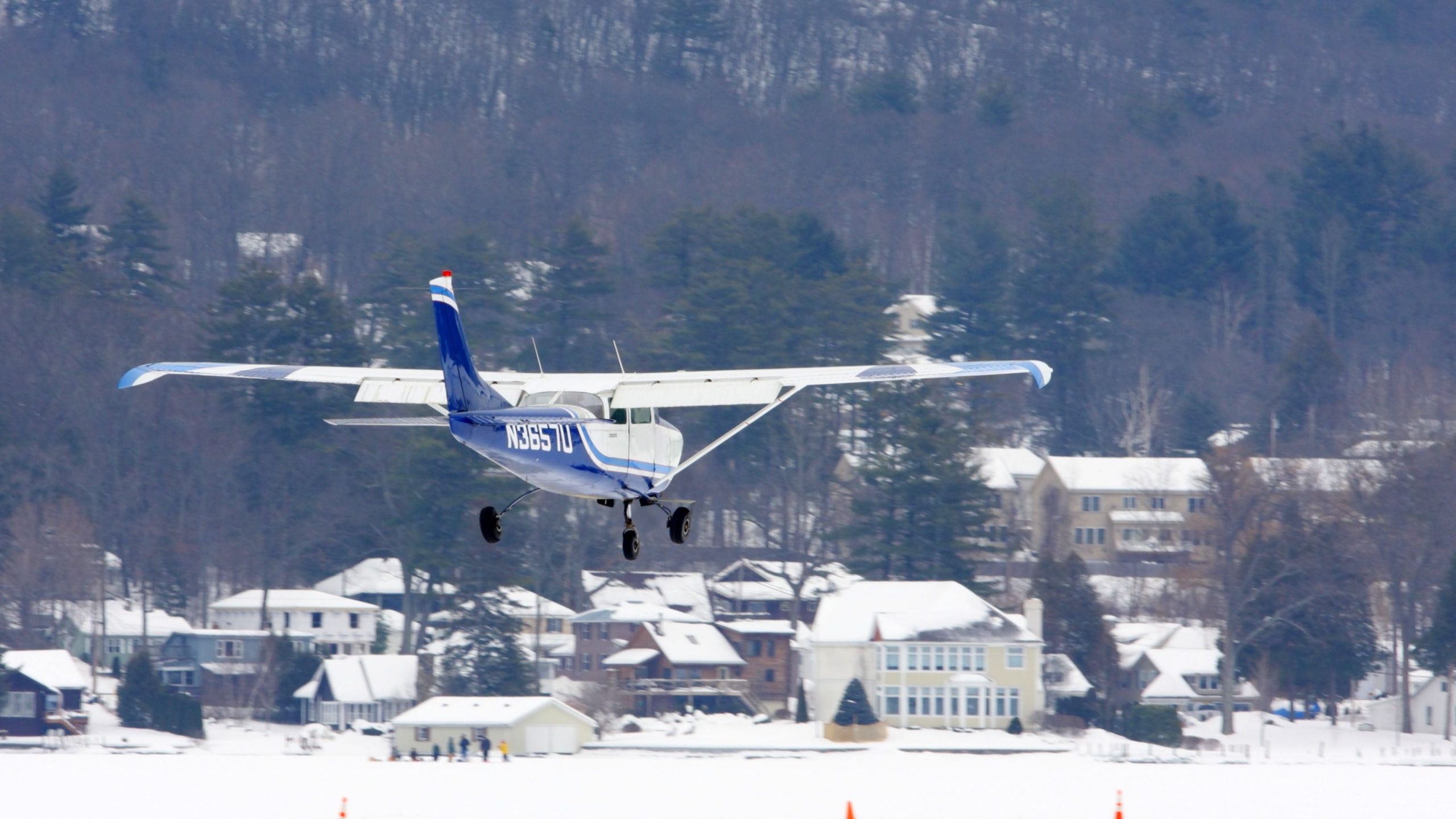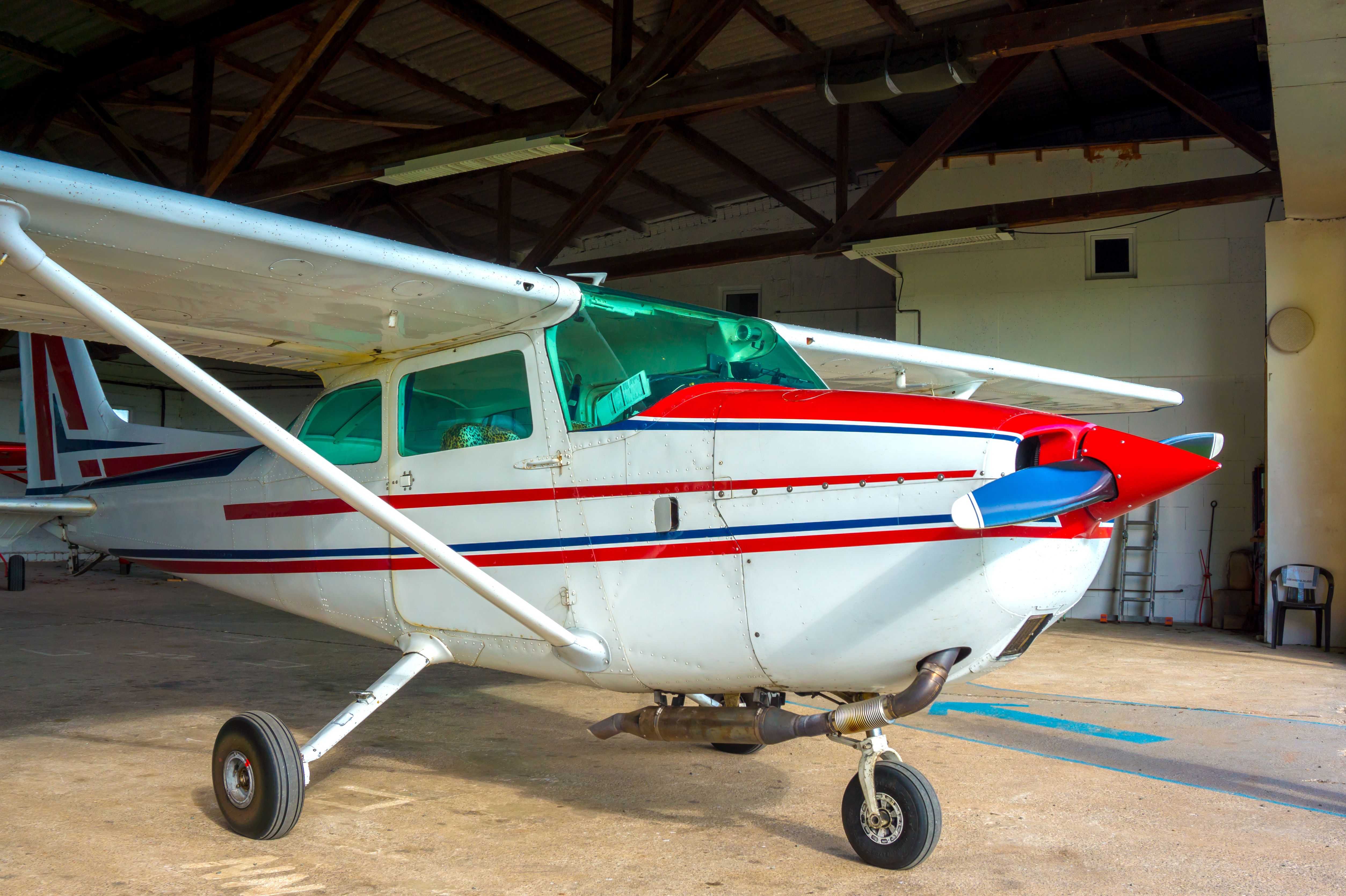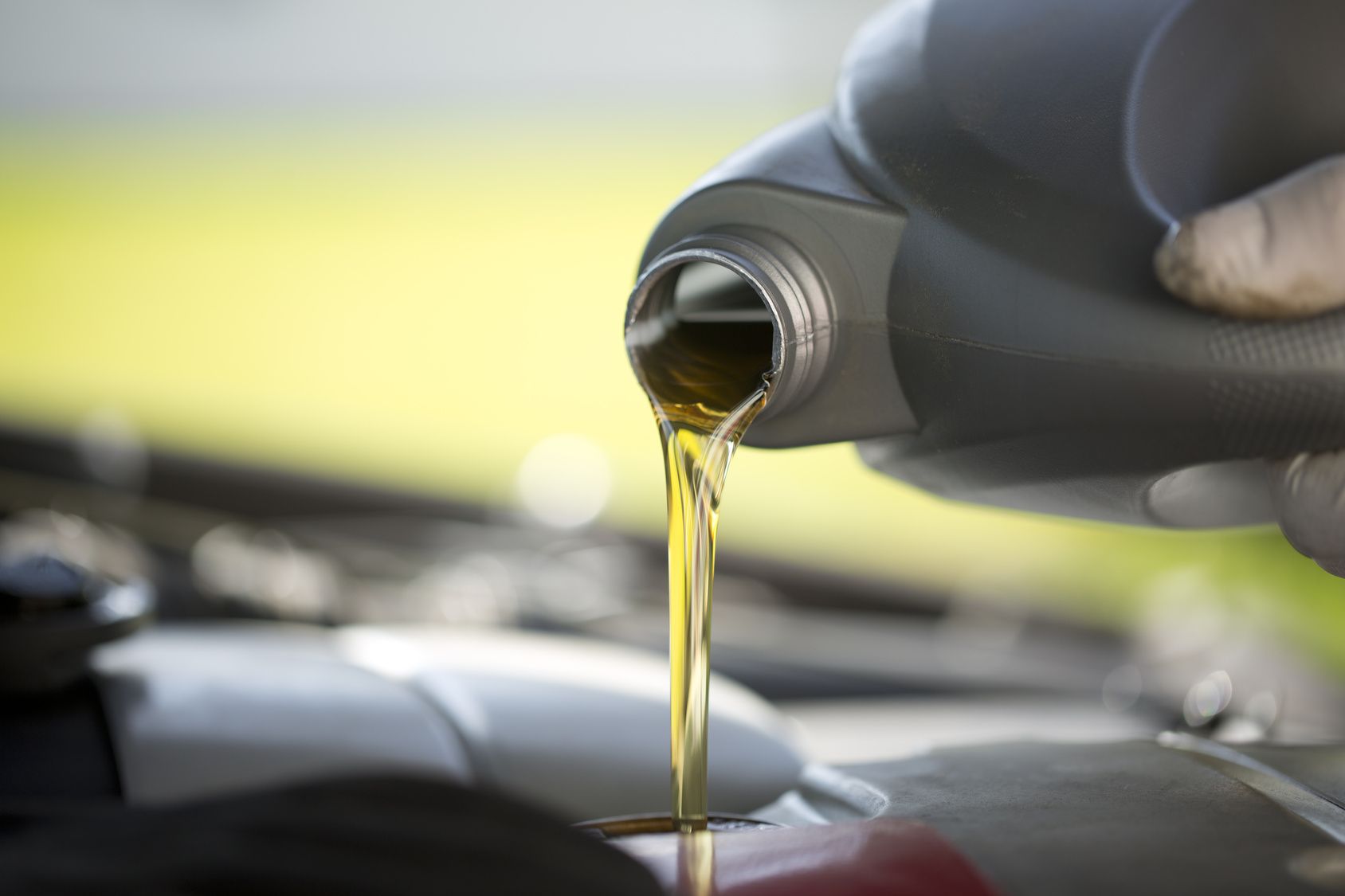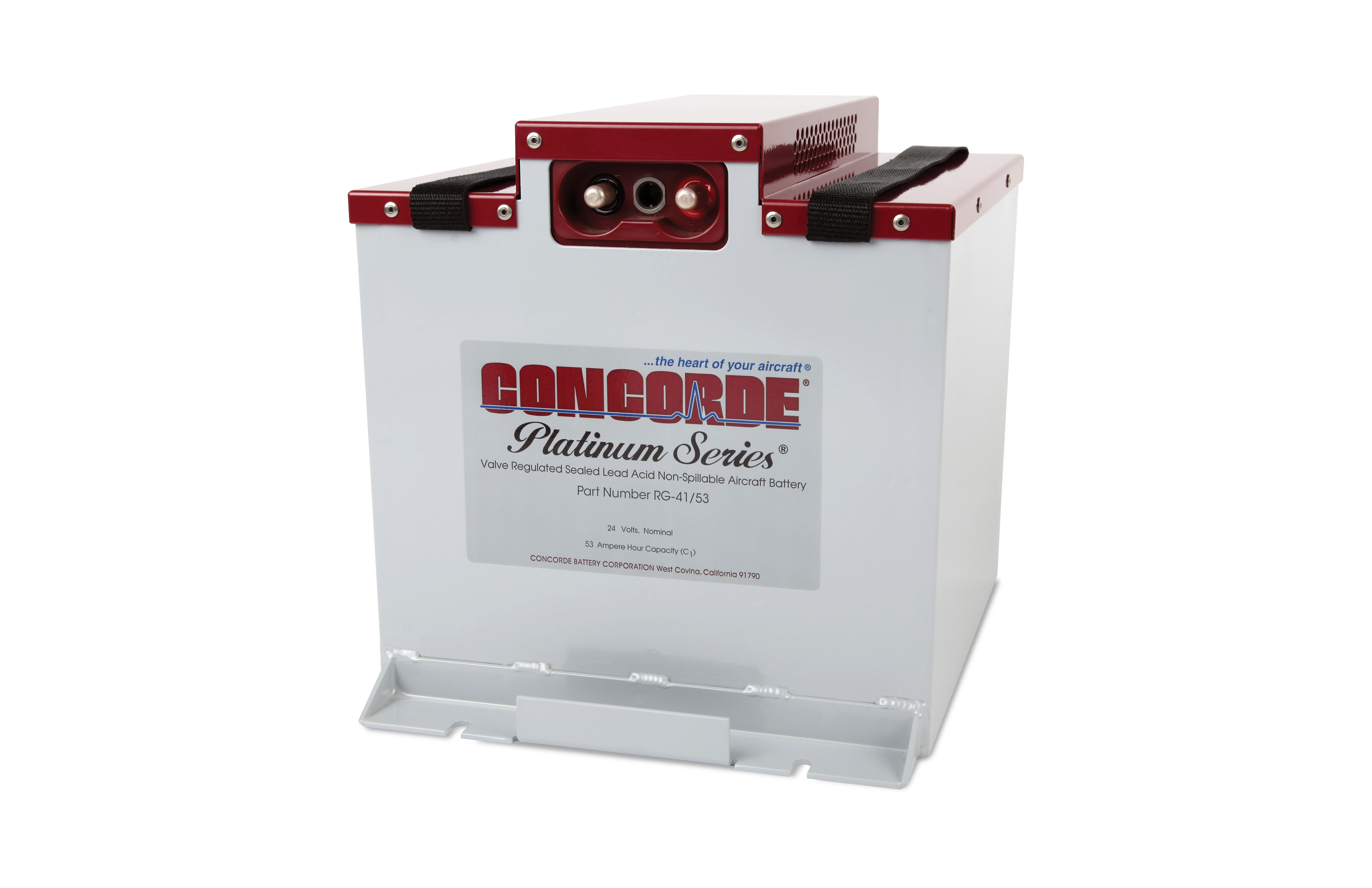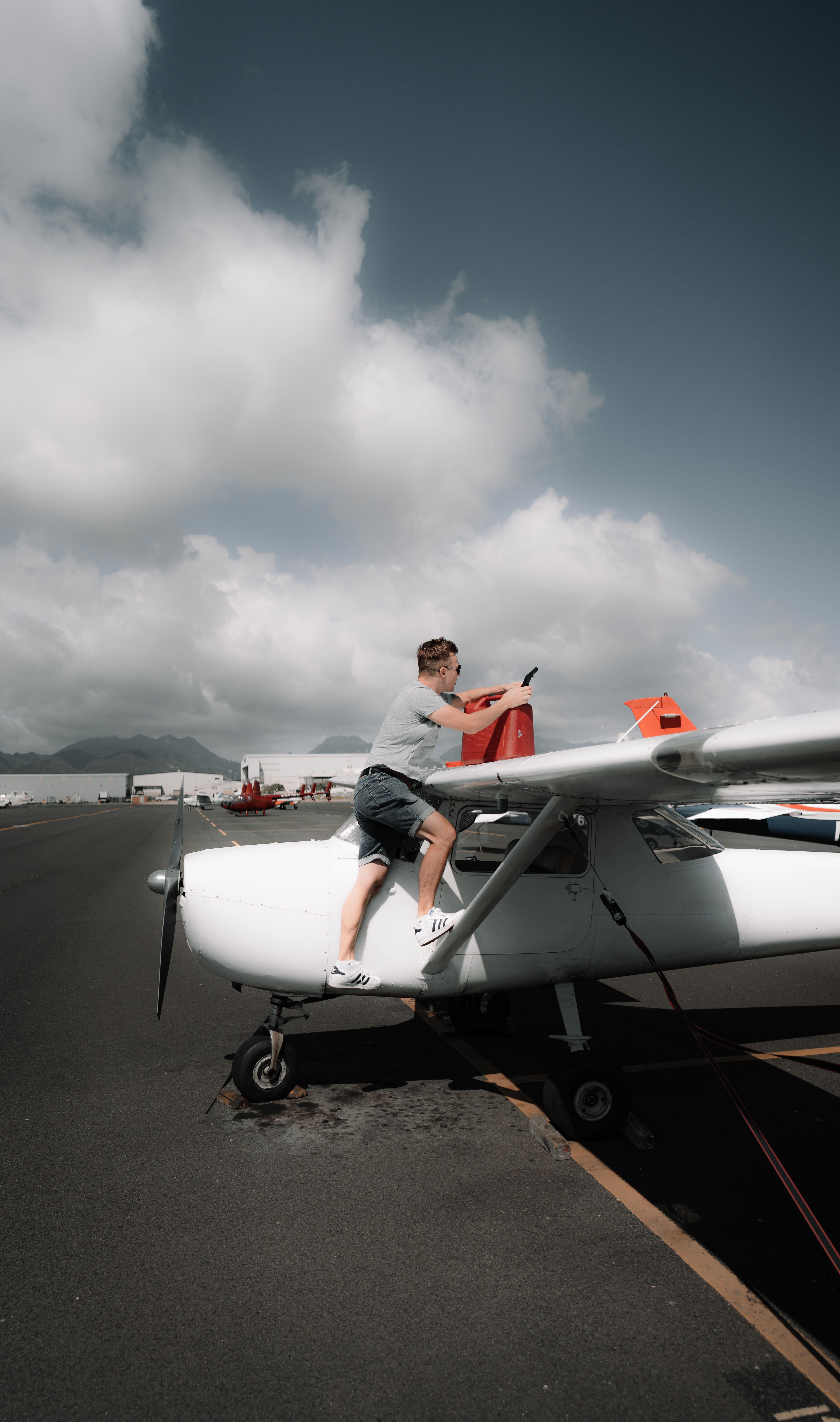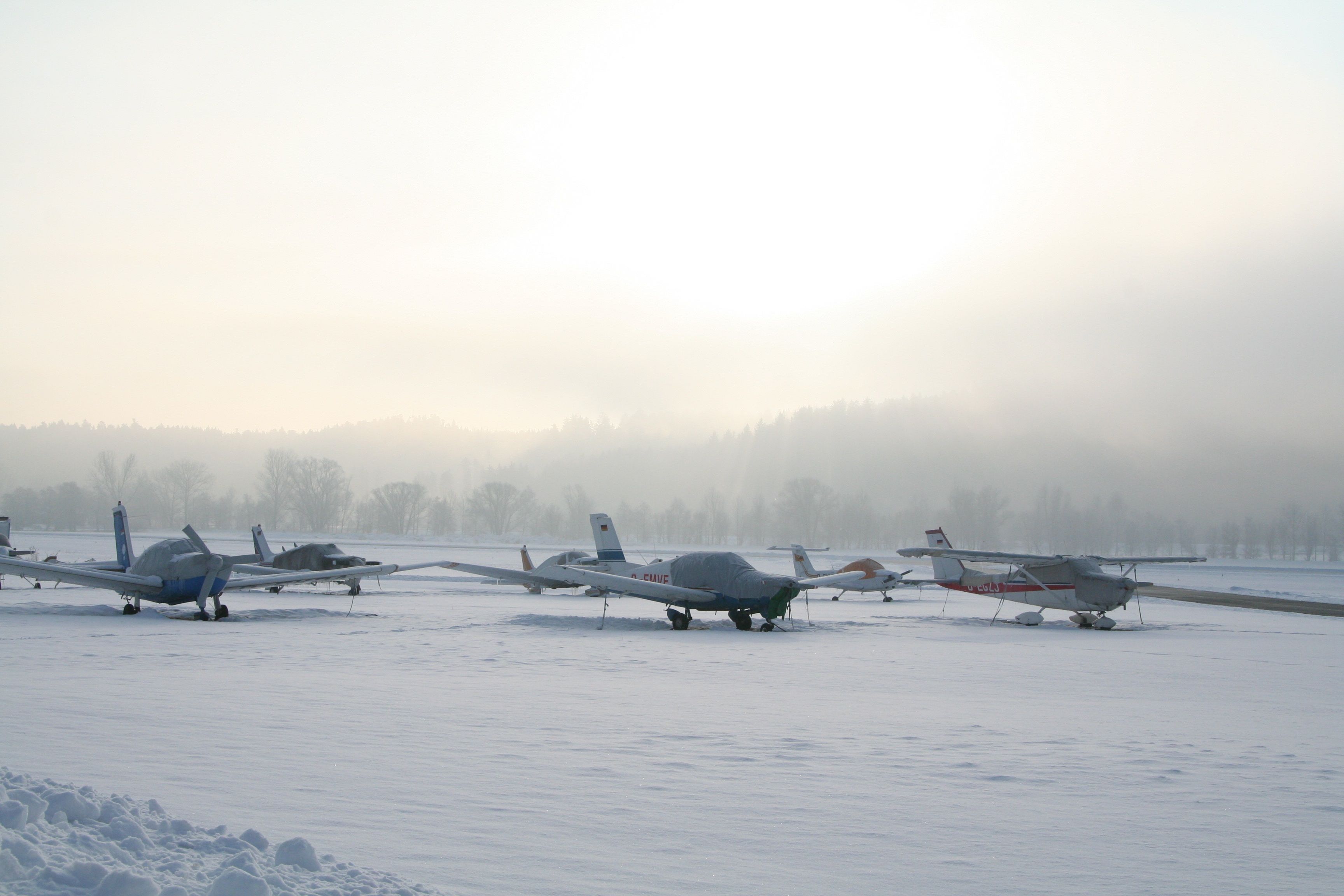Summary
- Pilots need to be diligent with pre-flight inspections during winter, ensuring the aircraft is free of ice and that the brakes and anti-skid mechanisms are working correctly.
- Planes actually perform better in winter due to the denser air, resulting in shorter take-off distances and increased climbing rates.
- Private pilots should clean the exterior of the plane, change the oil to a lower temperature grade, check and replace batteries if necessary, lubricate moving parts, and have survival gear available.
Now that summer is over in the Northern Hemisphere, and as the days get shorter and the temperatures begin to drop, it’s time to start preparing your craft for winter weather. Flying during the winter comes with its challenges and negatives.
Firstly, pilots must be even more diligent when performing pre-flight inspections. Crucial is to make sure the aircraft is free of ice and, if need be, have a de-icing crew come and spray the plane before takeoff.
Pilots must also ensure the aircraft’s brakes and anti-skid mechanisms work correctly. Runways in the winter can be covered in snow and ice, and it’s essential to know that you can get the aircraft to stop before running out of runway.
Interestingly, planes perform better during winter because the air is denser than when it is hot. This means that an aircraft needs a shorter distance to take off and that its rate of climb is increased thanks to the denser air. Aircraft engines are more efficient during cold weather, using a more significant air/fuel mix despite the same volume. This then equates to more power.
Airlines are experts in preparing aircraft for flying during the winter, but for private pilots who own their planes, there are five crucial things you can do to be ready for winter.
5 Clean the exterior of the plane
While the weather is still pleasant, give your plane a good wash. Dead insects and dirt can cause snow and ice to stick and build up on the exterior of an aircraft. Before you start, ensure you have the right things for the job.
Photo: crisp0022 / Shutterstock
While using a power washer might seem like a good idea, it is not! Cleaning your plane with a pressure washer is a bad idea as it will strip the paint and force grime and water into parts of the plane where you do not want them to be. What you need are the following items:
- A cleaning solution specially made for the exterior of an aircraft.
- A soft bristle brush
- Aviation degreaser
- water
- Specially formulated wax for aircraft
Avoid getting water where you don’t want when washing the plane, like the angle of attack sensors or static ports. Also, change your clothes frequently as dirty clothes may damage the paint. Once satisfied that the plane is clean and free of all bugs and dirt, apply and clean off the wax. By waxing the exterior of the aircraft, it can help to repel snow and ice.
4 Change the aircraft’s oil
While the type of oil you use in the winter is essential, so is having the correct filter. Lower temperatures mean the oil is thicker, putting more pressure on the filter, especially on startup.
If the filter is not top quality or too fine, it may not be able to contain the increased pressure. If you use standard-weight oil, change it to multi-grade, as it performs better in colder temperatures. If you use your plane less during the winter, consider adding an anti-corrosion additive to the mixture.
Nobody wants to be out changing oil when it’s freezing outside, so do it before it gets frigid, and then go for a quick flight to ensure that the new oil is evenly distributed throughout the engine.
3 Check the batteries and replace them with new ones if necessary
When the temperature starts to drop, your aircraft batteries do not perform as well as they do when it is warmer. The lower the temperature, the chemical reaction needed to start the engine becomes more difficult. At around freezing, most batteries lose approximately 20% of their capacity.
Photo: Kadexaero
Have the aircraft’s main battery tested to ensure it works at total capacity. If it is not, replace it with a new one. At the same time, replace all other batteries, including carbon monoxide, headset, and flashlight batteries.
2 Lubricate the plane according to the owner’s manual
All aircraft maintenance manuals include a lubrication schedule and a chart. Purchase the required lubricants and apply them according to the instructions in the maintenance manual.
Oil, grease, and other recommended lubricates are the best way to protect your plane against excessive wear and corrosion. Making sure all moving parts are lubricated properly also ensures that they work correctly when it gets colder. After lubricating the plane, fill up the aircraft’s fuel tanks. Filling the tanks with fuel helps prevent moisture from getting in and helps reduce the risk of a flexible rubber fuel bladder cracking.
1 Storage and winter survival gear
Most people use their plane less in the winter, so it is vital to ensure it is stored correctly. Ideally, you would like to keep it in a temperature-controlled hangar, but unfortunately, not everyone has that luxury. As a result, it’s advisable to cover the canopy windows, propeller, and tail if your plane is left outside.
If you use your plane during the winter, have survival gear. All in all, warm winter clothing, blankets, water, emergency food, a flashlight, and a fully charged phone are essential if you are required to make an emergency landing or find yourself stuck in a remote area.
This step is just one of several factors to consider when flying in the winter. If there are any additional points you also consider, let us know in the comment section.
Sources: GlobalAir; Business Aircraft Center; USA Today

